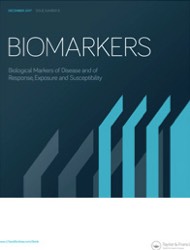Bile: miRNA Pattern post OLT

Bile rather than blood depicts the local inflammation in the liver and may improve prediction and diagnosis of acute cellular rejection (ACR) after liver transplantation (OLT). Secretome and miRNAs were analyzed during the first two weeks and on clinical suspicion of ACR in the bile of 45 OLT recipients. Levels of CD44, CXCL9, miR-122, miR-133a, miR-148a and miR-194 were significantly higher in bile of patients who developed ACR within the first 6 months after OLT and during ACR. Analysis of secretome and miRNA in bile could further our understanding of the local inflammatory process during rejection.

